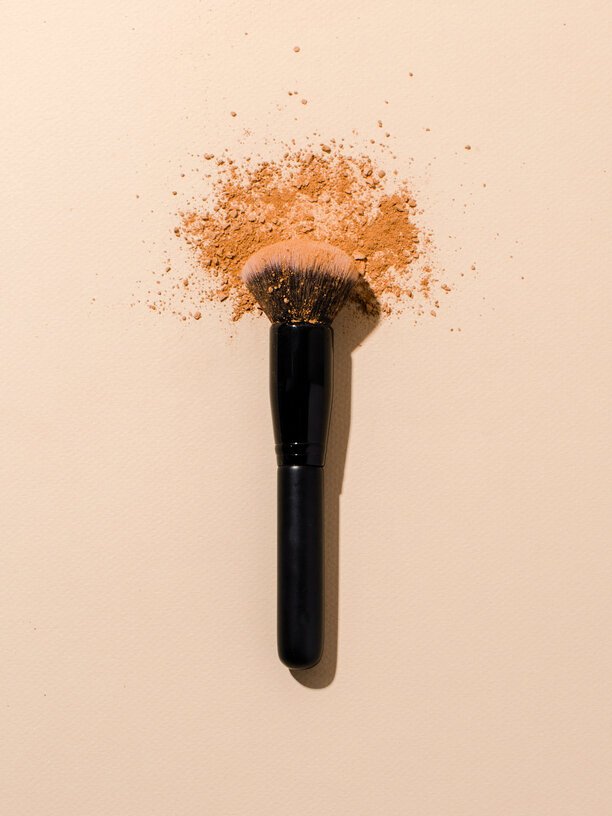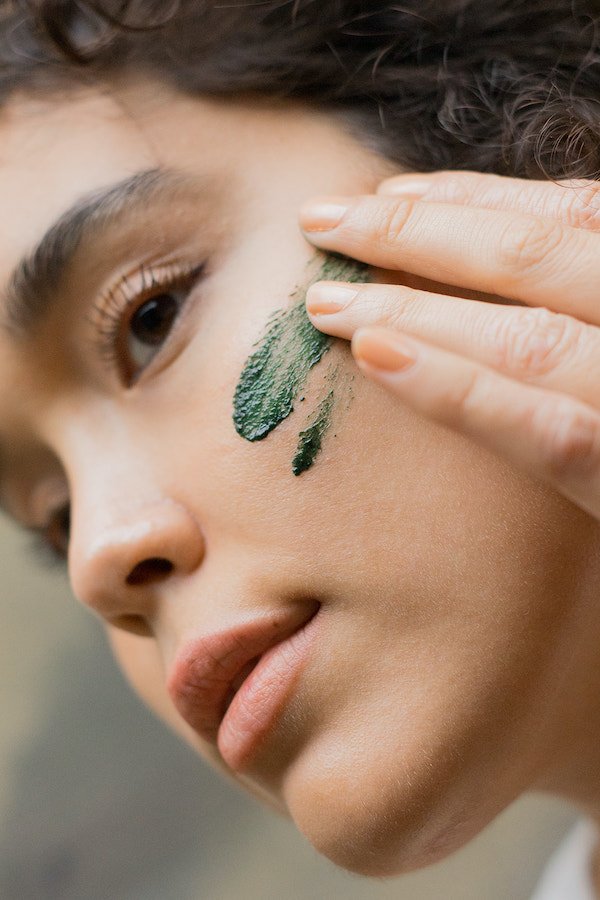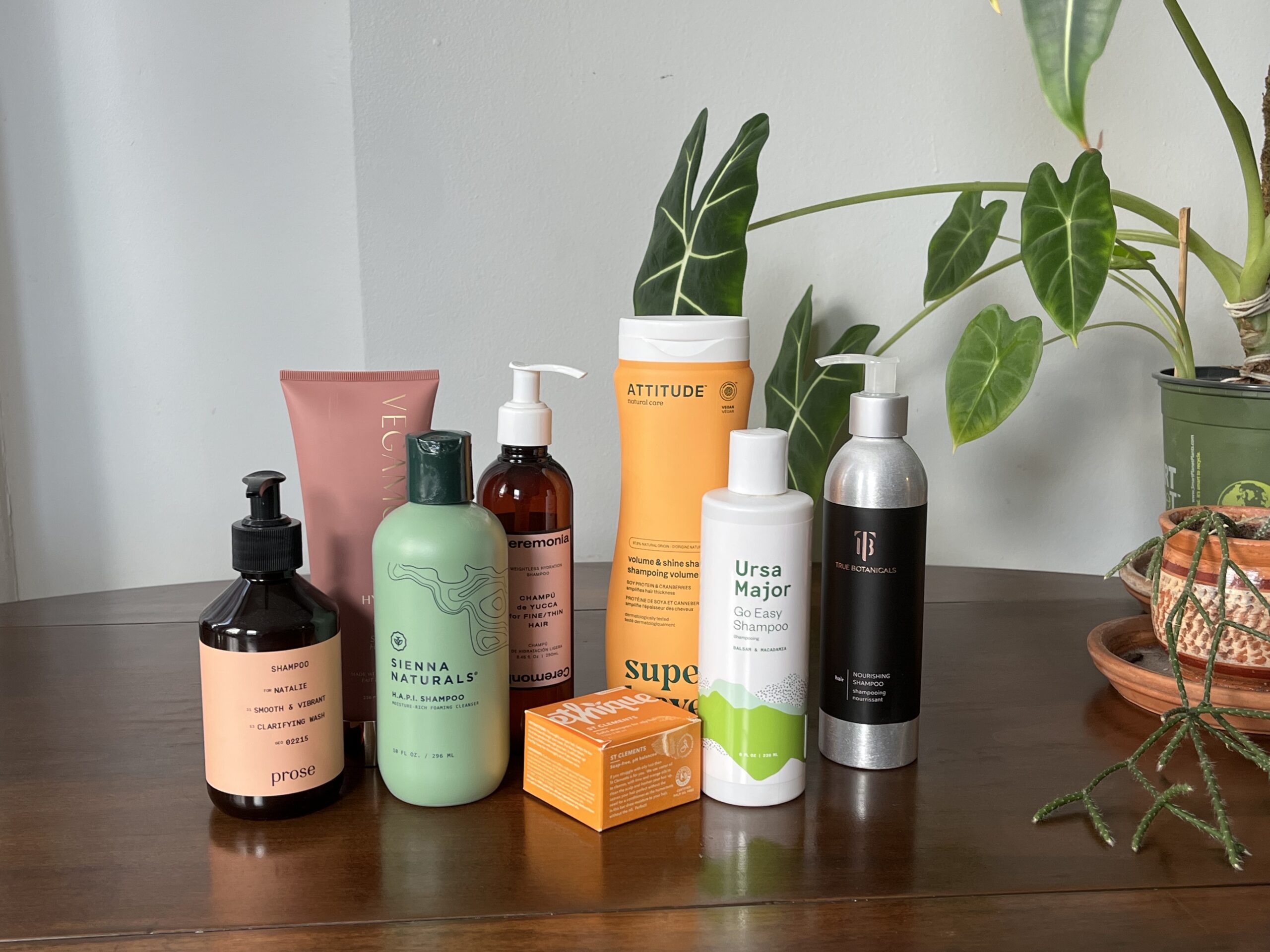
A Guide to Recycling Empty Cosmetics Containers
You reach the last pump of your favorite vitamin C serum or hit pan on your blush and wonder what comes next. Do you toss the empty packing into the recycling bin, hoping the recycling facility will take care of it? Do you disassemble the packaging components and send the recyclable ones away for processing by a third party? Or do you just get overwhelmed and throw it all in the trash?
A 2022 report by Greenpeace found that only five percent of plastic waste produced by US households is actually recycled. Plastic recycling hit a high in 2014 at 9.5 percent and has been on the decline ever since. Glass, metal, and paper packaging have much better luck, though—around 31 percent of glass packaging is recycled. That number increases to 35 percent for aluminum packaging and 68 percent for paper and cardboard packaging.
Below, we detail how to take care of those hard-to-recycle containers responsibly as best you can. The solution is two-pronged: buy products with reusable packaging or glass, metal, or paper packaging. But when you can’t, follow these tips to ensure your plastic packaging has the best chance of being recycled and reused.
Find out what you can recycle at home.
First, do a quick Google search to determine the curbside recycling laws in your town or city. Some areas accept only plastic containers labeled with a 1 or a 2, and other regions might take plastic numbers 1 through 7—the only way to know is to look into it.
As a rule of thumb, glass containers, cardboard packaging, and metal containers like hairspray can all usually be thrown into curbside recycling. Plastics like larger containers of shampoo or body lotion bottles can generally join. But when it comes to smaller makeup and skincare packaging, it gets trickier. Sometimes size matters. While plastic items like straws or bottle caps are often recyclable, some cities’ programs can’t recycle items smaller than two inches by two inches.
As a rule of thumb, glass containers, cardboard packaging, and metal containers like hairspray can all usually be thrown into curbside recycling.
A note about labels—in general, you don’t have to remove an item’s plastic label before tossing it in the recycling bin. You’ll want to double-check the rules where you live to see if your recycling center requires that labels are taken off, but most don’t. If the label is paper, however, it’s worth removing it so the label can be recycled separately.
When you’re not positive that an item can be thrown in the curbside recycling bin, it’s best to keep it in the trash. In a phenomenon called wishcycling, folks sometimes optimistically throw non-recyclable items into the recycling bin, which backfires when items like unemptied jars or thin plastic bags get stuck in sorting machines or contaminate loads of recycling.
So if an empty skincare or makeup container can’t be recycled at home (and most can’t), whether it’s plastic, glass, or metal, it’ll have to be taken care of by a third party.
Recycle your empties through programs like Terracycle.
One of the easiest ways to dispose of hard-to-recycle products: bringing them into stores that have partnered with TerraCycle to accept empty cosmetic containers. Nordstrom, Saks, and L’Occitane all have TerraCycle partnerships through which you can recycle cosmetic containers from any brand. Click on the brand name to find the closest dropoff point to you, and if there are none, you can print out a free label to mail in your empties via Saks or L’Occitane.
TerraCycle’s three beauty product recycling programs accept pretty much all types of waste that are typically impossible to recycle otherwise, like mascara wands, pumps, lids, lipstick tubes, and mirrored compacts. Learn more about what can be recycled at each link.
Colgate sponsors an oral care TerraCycle program through which you can drop off or send in any brand of oral care waste, like toothbrushes and empty toothpaste or floss containers.
Tons of other brands partner with TerraCycle for brand-exclusive recycling programs, like Burt’s Bees, Glow Recipe, Supergoop, Paula’s Choice, and Garnier. Collect a handful of empties from any of these brands to get a free shipping label and send them away for processing. Plastics recycled by TerraCycle are typically turned into outdoor furniture and decking, storage bins, or even playground equipment.
Some brands even pay you to recycle empties.
Besides the long list of brands that partner with TerraCycle, others have their own independent recycling programs—and some even reward you for responsibly disposing of your cosmetics.
Drop off your empties from any brand at Credo Beauty’s Pact Bin, and you’ll receive 10 Credo Reward points per empty. BareMinerals and Kiehl’s have similar programs—recycle brand-specific containers in-store (or via mail with BareMinerals) to earn rewards points.
Some even reward you for responsibly disposing of your cosmetics.
At Osea’s Venice Skincare Studio, receive a $40 facial gift card for every six Osea empties you return. Mail in five Summer Fridays empties for a $25 Summer Fridays gift card. Aveda even has a returnable shipper program where you can mail your Aveda empties with a reusable shipping container instead of a cardboard box.
Consume cosmetics more sustainably in the future.
When it comes to recyclability, glass and metal packaging, take home the trophy over plastic as they can be recycled more easily and endlessly. Conversely, plastic can only be recycled a couple of times before it breaks down.
The best way to handle plastic responsibility is simply to avoid it in the first place. Brands like Cocokind, Beautycounter, Pacifica, Osea, and Kiehl’s use glass packaging for some or all of their products. Still, other brands like Glossier, Kjaer Weis, Milk Makeup, Youth to the People, and Glow Recipe sell refills for some of their popular products to help cut down on packaging.
The most sustainable decision is usually to acquire only what you need and nothing more.
It’s even better yet to only buy what you really need—just like the slow fashion ethos; we should all consume cosmetics mindfully. The most sustainable decision is usually to acquire only what you need and nothing more. But whatever you do have, be sure to recycle it when you’re through. 😊
Natalie Gale is a Boston-based freelance journalist. When she’s not writing about art, food, or sustainability, you can find her biking to the farmers’ market, baking, sewing, or planning her next Halloween costume. Say hi on Instagram!




